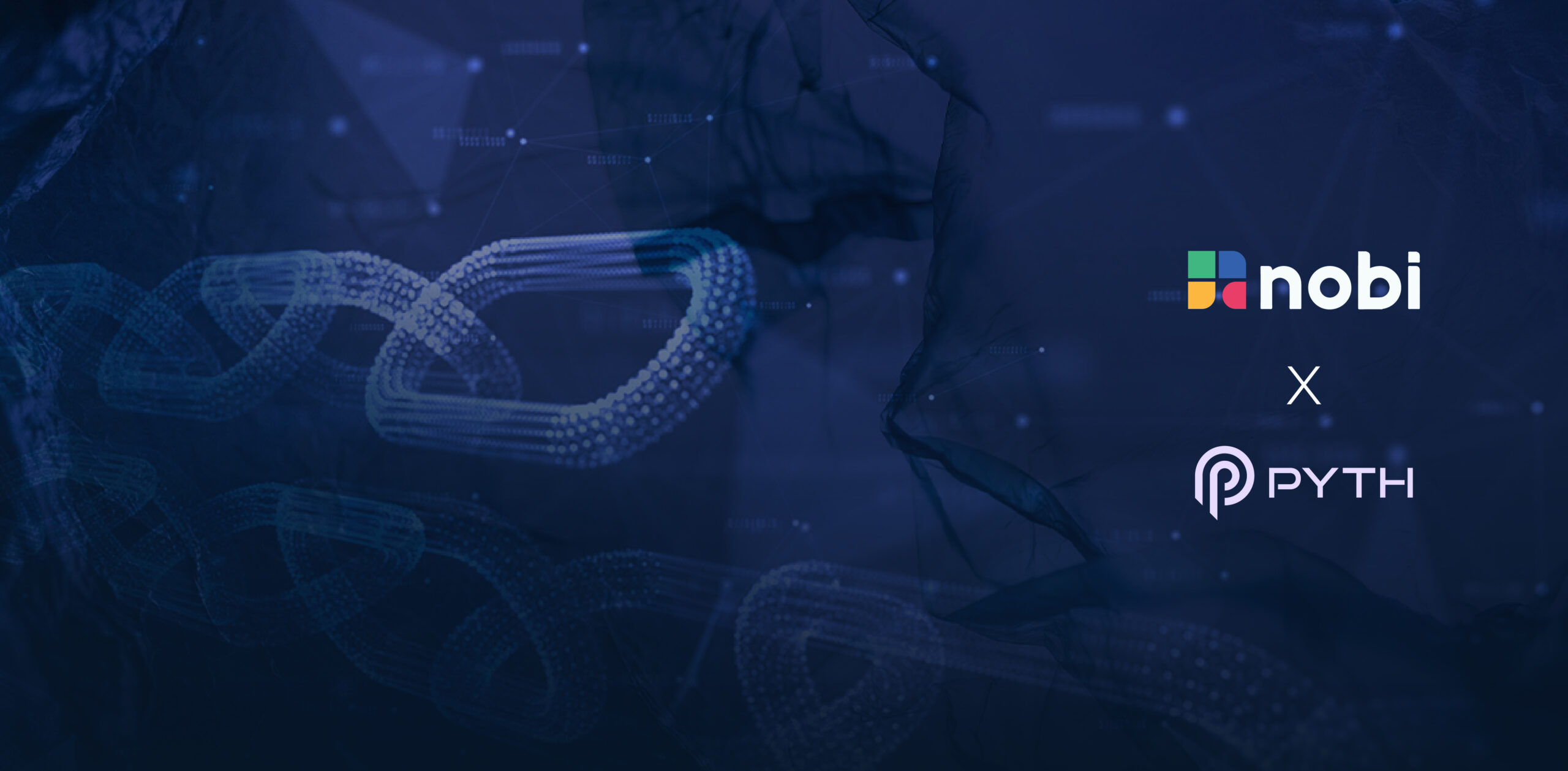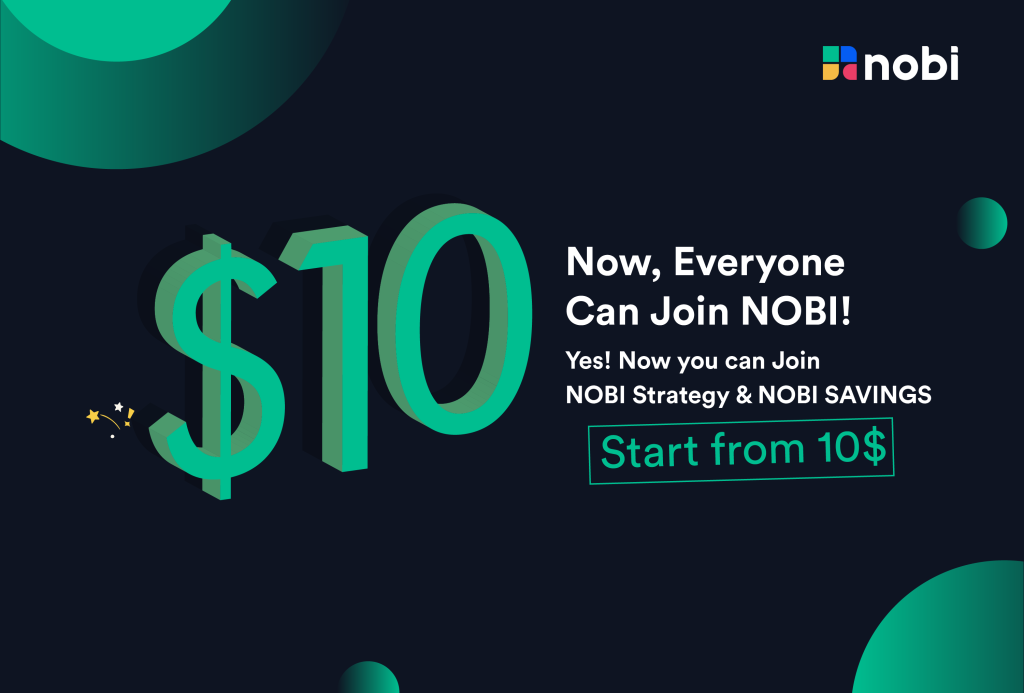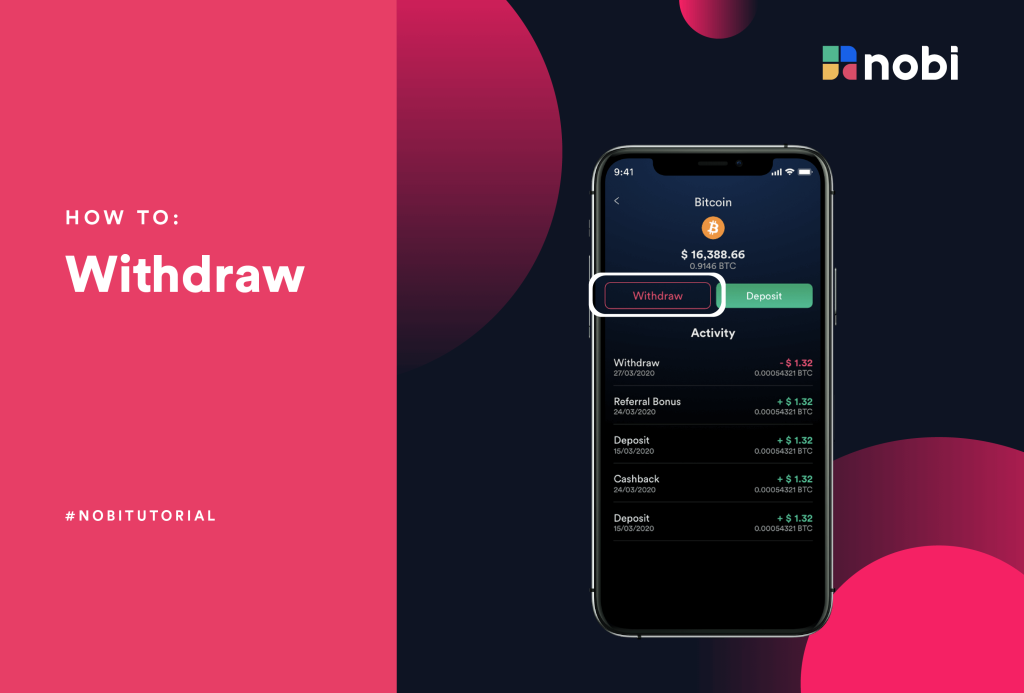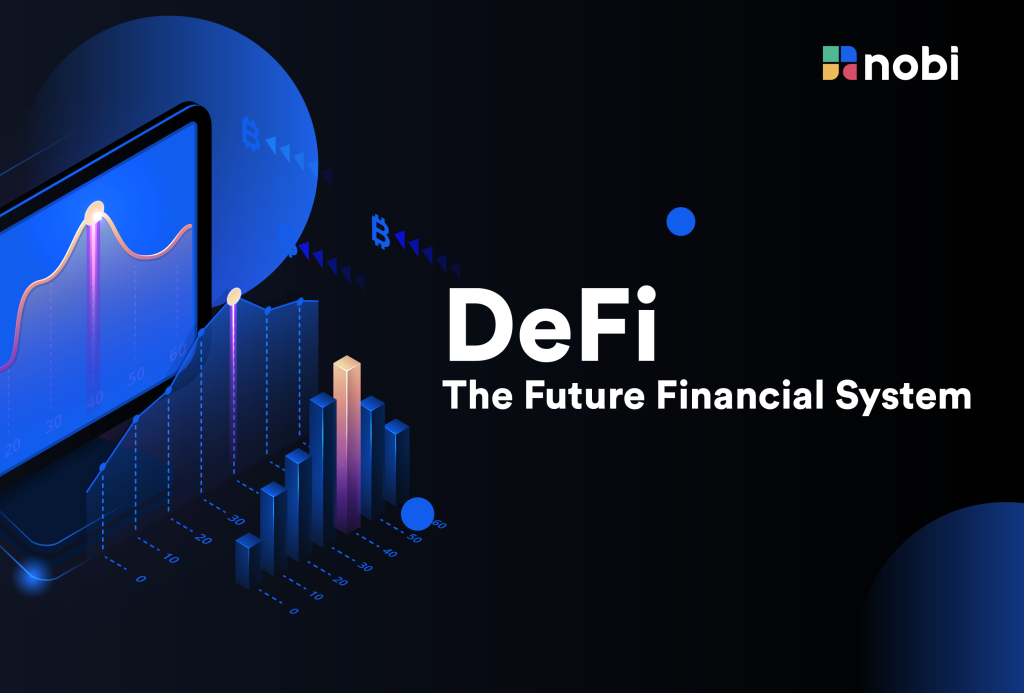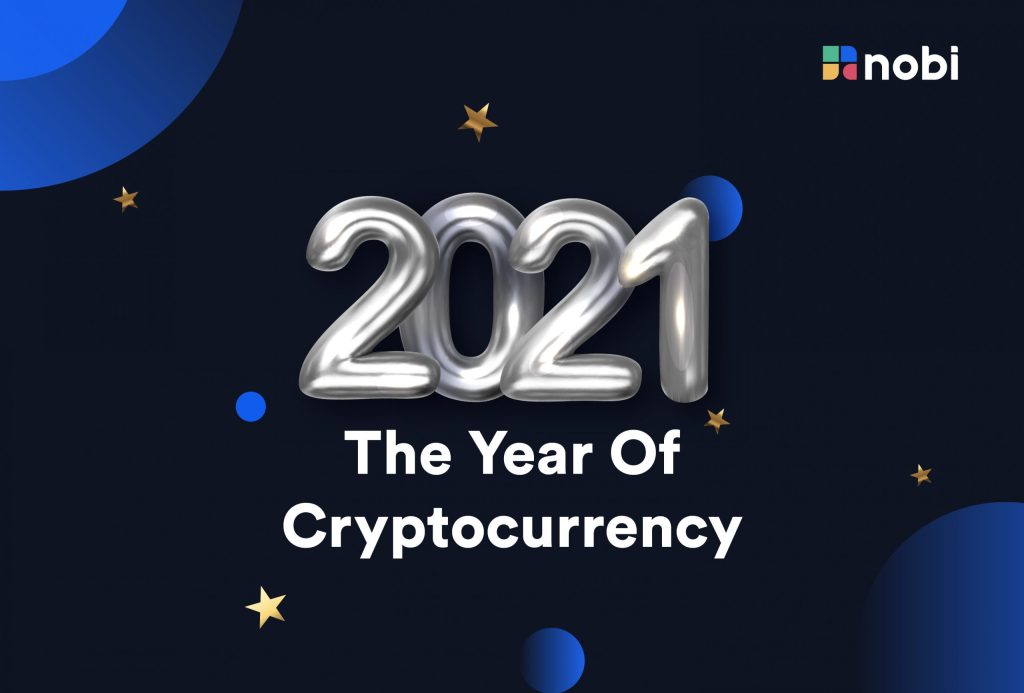Solana is a crypto computing platform that aspires for high transaction speeds while maintaining decentralization. It utilizes a number of unique techniques, such as the “proof of history” mechanism.
SOL, Solana’s native coin, can be used to pay transaction fees and to stake. It also allows holders to vote on future updates.
What Makes Solana Special?
Bitcoin was created almost a decade ago to solve a complex issue: how to enable anonymous online payments between parties in different parts of the world, without the need for a third party such as Visa or PayPal.
The term “blockchain” is used to describe the underlying technology that enables decentralized transactions and, by extension, the entire ecosystem of cryptocurrencies. However, blockchains have one key drawback in comparison to centralized networks like those used by credit card companies: they are slow. In contrast to Visa’s network, which processes tens of thousands of transactions per second on average, Ethereum processes on average fewer than 15 per second as of August 2021.
There are a number of innovative crypto solutions, Solana included, that promise to make crypto networks faster and more scalable. It employs a number of cutting-edge technological innovations, one of which is a truly original mechanism known as “proof of history.”
What is Proof of History (PoH)?
Proof of History is different from the process employed by Bitcoin as part of its Proof of Work consensus mechanism. Bitcoin blocks are enormous groupings of unordered transactions. Based on their local clock, each BTC miner adds the time and date to the block they mine. The time may differ from other nodes or could be incorrect. Nodes must then determine whether the timestamp is correct.
Validators process and send less information in each block by sorting transactions in a chain of hashes. Using a hashed record of the most recent state of transactions greatly reduces the time it takes to confirm a new block.
Note that Proof of History is not a consensus process. Instead, it’s a way of reducing the amount of time needed to confirm the order of transactions. Selecting the following validator for a block is more simpler when used with proof of stake. Nodes take less time to verify the set of transactions, which allows the network to select a new validator more swiftly.
Key Features of Solana
The Solana team has designed eight fundamental technical features to make the blockchain meet the capabilities of a centralized system. Perhaps the most prominent is Proof of History, albeit there are others as well:
- Tower BFT — a PoH-optimized version of Practical Byzantine Fault Tolerance
- Turbine — a block propagation protocol
- Gulf Stream — Mempool-less transaction forwarding protocol
- Sealevel — Parallel smart contracts run-time
- Pipelining — a Transaction Processing Unit for validation optimization
- Cloudbreak — Horizontally-Scaled Accounts Database
- Archivers — Distributed ledger storage
A high-performance network with 400ms block times and thousands of transactions per second is achieved by these features. For comparison, the block time for Bitcoin is around 10 minutes, and for Ethereum, it is approximately 15 seconds.
As part of the PoS consensus algorithm on the blockchain, SOL holders can stake their tokens. You can stake your tokens with validators who handle the network’s transactions using a compatible crypto wallet. Those that staked receive some rewards when a validator is successful. Validators and delegators are encouraged to perform in the network’s best interest via this reward system. With about 900 validators as of May 2021, Solana is a moderately decentralized network.
What is SOL Token?
The native cryptocurrency of Solana, called SOL, functions as a utility token. When transferring money or engaging with smart contracts, users must pay transaction fees with SOL. As a part of its deflationary model, the network burns SOL. Additionally, SOL holders can participate as network validators. Similar to Ethereum, Solana enables programmers to create blockchain-based projects and smart contracts.
SPL is the protocol used by SOL. Similar to ERC20 on Ethereum, SPL is the Solana blockchain’s token standard.
How to Buy SOL?
To get some Solana, you can simply buy them directly on NOBI app. You can also check SOL’s real-time price here. Not only buy-sell crypto assets, you can also grow your favorite crypto assets on NOBI, including SOL. You could hold your coins while earning attractive rewards on NOBI Earn. What’s more, it’s an easy way to earn by simply holding crypto assets. Check out NOBI Earn and start earning rewards today!
Related Article




